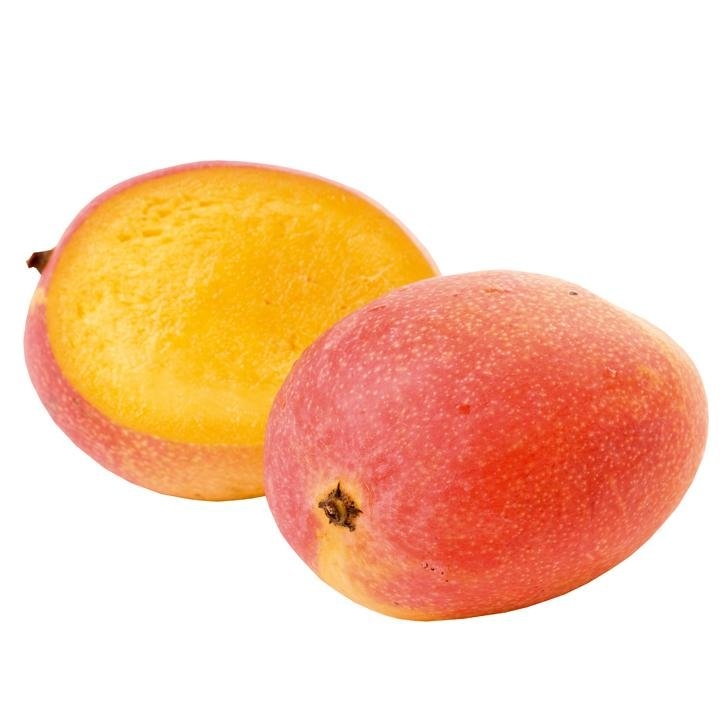Árbol de hoja perenne que alcanza los 25-40 m de altura y crece en la zona tropical africana. El tronco es recto de hasta más de 2 m de circunferencia; presenta contrafuertes a 3 m de altura. Las ramas laterales son frondosas y ascendentes, haciendo que la copa densa y esférica. Tiene un fruto conocido como mango africano.
Se utilizan los frutos.
De las semillas del mango se obtiene un extracto, comercializado como IGOB131R, con el que se han llevado a cabo estudios que han demostrado las siguientes acciones:
Coadyuvante en los tratamientos de control de peso
Diabetes
Puede producir ligero dolor de cabeza e insomnio.
-.Ngondi, J.L., Oben, J.E., Minka, S.R. The effect of Irvingia gabonensis seeds on body weight and blood lipids of obese subjects in Cameroon. Lipids in Health and Disease 2005,
-.Oben, J.E., Ngondi, J.L., Blum, K. Inhibition of Irvingia gabonensis seed extract (OB131) on adipogenesis as mediated via down regulation of the PPARgamma and Leptin genes and up-regulation of the adiponectin gene. Lipids in Health and Disease 2008,
-.Judith L Ngondi1, Blanche C Etoundi1, Christine B Nyangono1, Carl MF Mbofung2 and Julius E Oben1.IGOB131, a novel seed extract of the West African plant Irvingia gabonensis, significantly reduces body weight and improves metabolic parameters in overweight humans in a randomized double-blind placebo controlled investigation. Lipids in Health and Disease2009
-.Ross SM. African mango a proprietary seed extract of Irvingia gabonensis is found ti by effective in reducing body weight and improving metabolic parameters in overweight humans. Holist Nurs Pract. 2011 Jul-Aug;25(4):215-7.
-.Onakpoya I, Davies L, Posadzki P, Ernst E. The efficacy of Irvingia gabonensis supplementation in the management of overweight and obesity: a systematic review of randomized controlled trials. J Diet Suppl. 2013 Mar;10(1):29-38.
